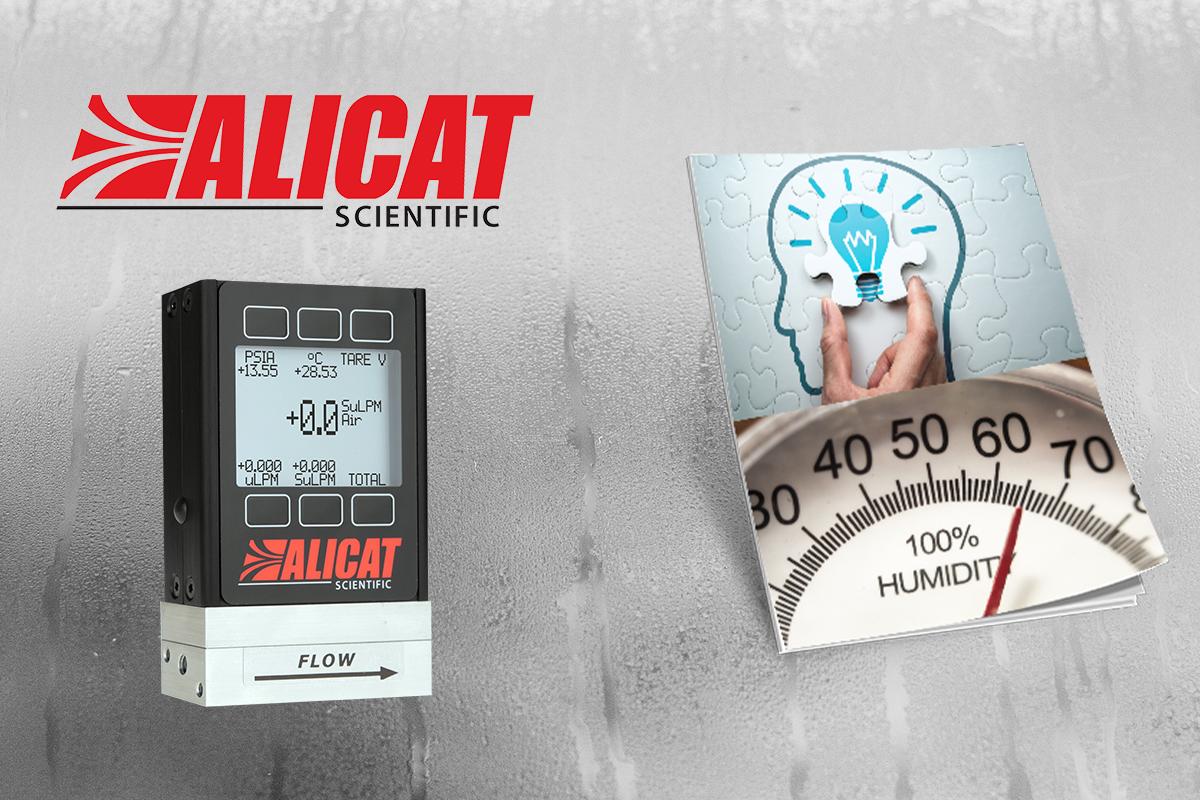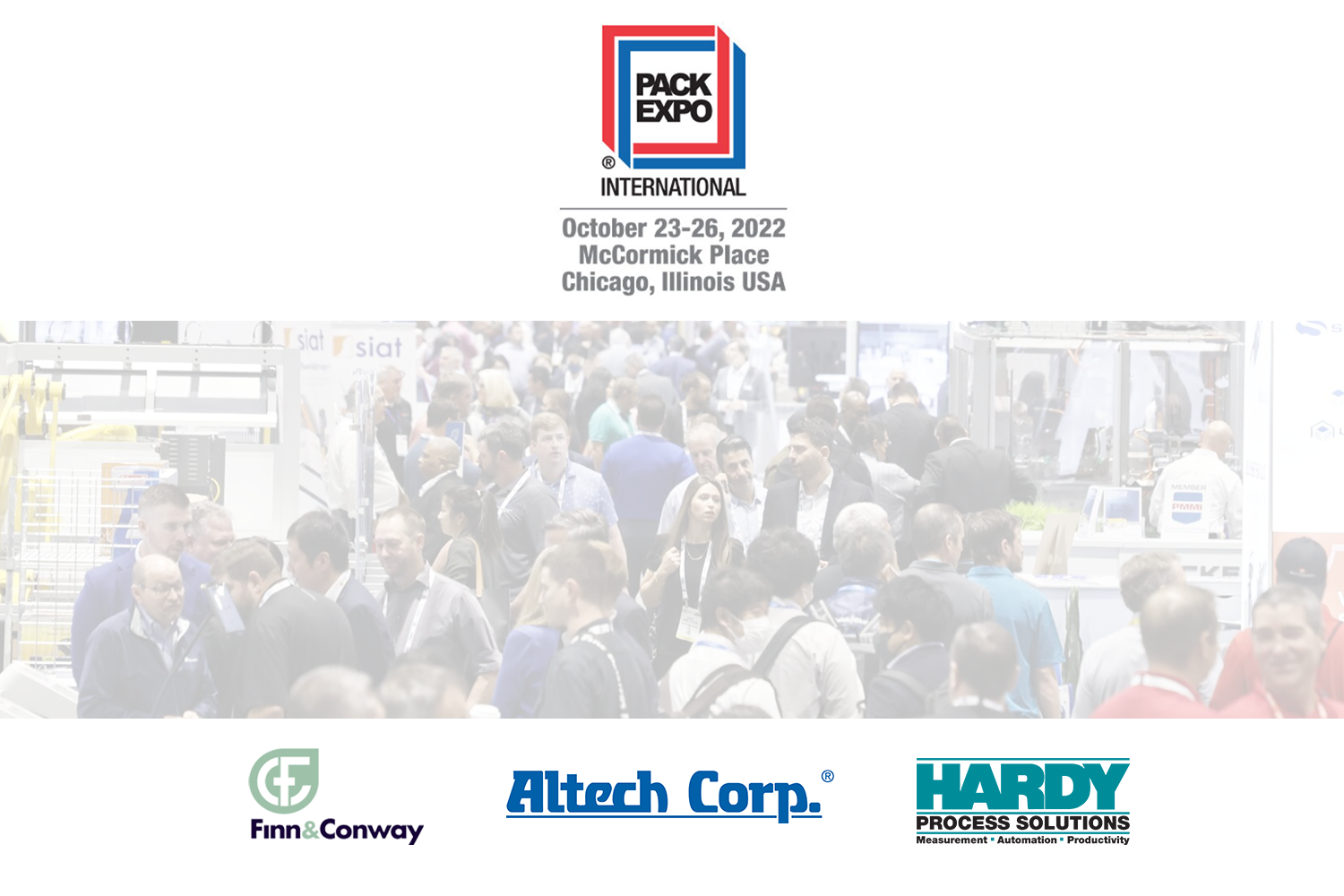
by Charis Springhower
5 considerations when purchasing a Coriolis mass flow meter
Coriolis instruments are not only the most accurate way to measure mass flow, they also have a number of other unique capabilities. Here are five important points to consider as you decide if a Coriolis meter is the right choice for your application.
1. Want to measure mass flow directly? Don’t know fluid density?
Coriolis meters use optical sensors outside of the flow path to detect variations in tube vibration, allowing them to measure mass flow, and fluid density, directly (see operating principles here). This measurement has no pressure dependence, and the only temperature effects are mechanical or electronic, so Coriolis instruments have much smaller zero shifts than other technologies.
2. Measuring aggressive fluids?
Coriolis meters can be materially compatible with a wide range of liquids and gases, including many aggressive fluids that are incompatible with other flow meter technologies.
Alicat’s CODA-Series of Coriolis instruments are available with all-metal seals, allowing for increased chemical compatibility with process fluids.
3. Operating under extreme conditions?
Coriolis meters can operate over a wide range of conditions, including very high temperatures and ultra-low flow rates.
CODA Coriolis instruments include units capable of measuring fluids down to 0.2 g/h between temperatures of -30°C and 105°C. They can also withstand burst pressures of up to 3x their operating (or proof) pressures – high pressure units have a burst pressure as high as 12000 psi.
4. Have unknown or changing fluid composition?
Measurements taken by Coriolis mass flow meters don’t rely on fluid properties (such as viscosity, density, or compressibility). This enables a Coriolis meter to provide accurate mass flow measurements even when the exact composition of the process fluid is unknown or changing.
5. Within your budget?
Coriolis mass flow meters generally measure with extremely high accuracy down to ± 0.1% of reading with a turndown ratio of over 100:1. This tends to make them cost quite a bit more, even up to 2x more than some other technologies.
CODA Coriolis instruments come in several different models at varying price points, so lower cost options available with trade-offs of decreased accuracy or vibrational insensitivity. Evaluate your options and speak to your Alicat rep if you have any questions.
CODA Coriolis - High Pressure Compatibility
Challenges of Coriolis mass flow instruments and how CODA handles them
Coriolis mass flow meters and controllers offer many benefits over other mass flow technologies, but there are a couple key challenges to understand and consider before purchasing a Coriolis instrument.
Multi-phase incompatibility
A limitation of many available Coriolis mass flow instruments, including Alicat’s CODA-Series, is that they are only able to accurately measure single-phase flow. While multi-phase fluids will not damage the instruments, they may significantly lower measurement accuracy.
This does limit Coriolis use in some applications, but the instruments are otherwise quite versatile. CODA meters and controllers are highly resistant to corrosive fluids and have less wetted material than other instruments. They also come with the option to have an IP67 rating, all-metal seals for meters, and operating pressures up to 4000 PSIA for meters and 1500 PSIA for controllers. View the specs for a complete list of details.
Sensitivity to external vibrations
Coriolis mass flow instruments take measurements using sensors that detect miniscule vibrational changes in the instrument tube(s) as fluid flows through. A major challenge is that these readings can also be sensitive to external vibrations from nearby disruptions. For example, a generator switching on nearby may introduce consistent noise into the measurement; a box suddenly dropping on a test bench may cause a spike in the readings, which could take several seconds to recover from.
CODA’s unique solution
Many Coriolis mass flow meters are sold with a mounting block to decrease sensitivity to external disturbances. These blocks can be a bit bulky, taking up more space and making it trickier to install. Alicat’s CODA-Series Coriolis instruments are specifically designed to be highly insensitive to external bumps and vibrations without requiring a mounting block.
If the device is affected by any sharp sudden interferences like a physical bump, the measurement re-stabilizes in less than 400ms. A few key design elements make this possible:
- Vibrational frequency: The internal resonance frequency of CODA units is up to 3x higher than competitor units, rendering the instrument less sensitive to lower frequency vibrations.
- Complementary optical sensing: A series of optical sensors provide additional feedback and mitigate interference when an external vibration is present.
- Unique algorithm: A proprietary algorithm further combats external interference by identifying and eliminating undesired frequency peaks.
- Accurate sensors: CODA utilizes the most current sensor technology available.
Expensive compared to other technologies
Coriolis mass flow instruments tend to cost more than twice as much as other mass flow technologies, which is really no surprise as their unique capabilities offer unrivaled versatility. However, Alicat’s CODA-Series of Coriolis mass flow meters and controllers include several different models at varying price points. For applications where high accuracy and resistance to external vibrations are negotiable, a lower cost option may work out perfectly for you.


